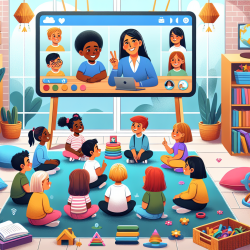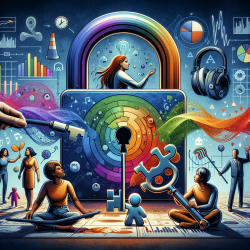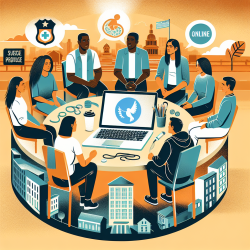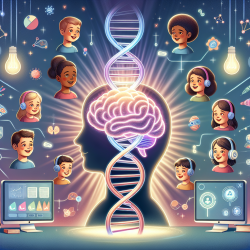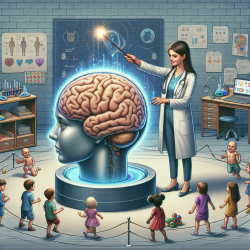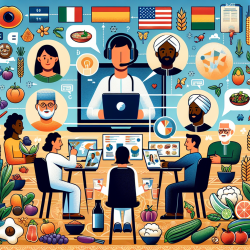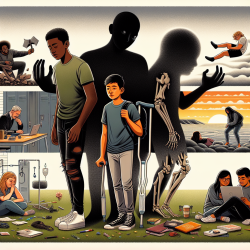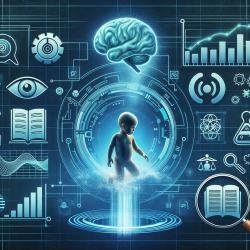The COVID-19 pandemic has brought unprecedented challenges to the mental health of children globally. With over half of parents reporting significant mental health symptoms in their children, the need for effective mental health interventions has never been more critical. The DREAM program—Developing Resilience through Emotions, Attitudes, and Meaning—has been at the forefront of addressing these challenges by adapting its resilience-building curriculum to an online-live hybrid model.
The Need for a Hybrid Approach
The original DREAM program was designed to support intellectually gifted children who are at greater risk for mental health concerns. However, stakeholders have recognized the universal applicability of its tools, especially during the pandemic when mental health promotion is paramount. By transitioning to an online-live hybrid model, the program can reach students studying both at home and in classrooms, thus broadening its impact.
Key Components of the DREAM Program
- Social-Emotional Literacy (SEL): The program incorporates SEL to help children develop skills to cope with challenging situations.
- Meaning-Mindset: A unique aspect of DREAM is its focus on cultivating a meaning-mindset, helping children find purpose and resilience.
- KTI Framework: The Knowledge Translation-Integration framework ensures that the program remains feasible, credible, and sustainable through stakeholder collaboration.
The Benefits of an Online-Live Model
The transition to an online-live hybrid model offers several advantages:
- Accessibility: By reducing costs and utilizing technology, the program becomes accessible to rural school boards with high mental health needs.
- Sustainability: The hybrid model allows for local administration without ongoing researcher involvement, ensuring long-term viability.
- Cultural Relevance: The program includes diverse representations in its materials to reflect the realities of students' lives.
The Role of Stakeholder Engagement
A critical aspect of the DREAM program's success is its commitment to stakeholder engagement. By involving educators, parents, and school board members throughout the development process, the program ensures it meets the needs of all involved parties. This collaborative approach not only enhances the program's relevance but also increases buy-in from schools eager to implement effective mental health strategies.
The Future of Mental Health Education
The adaptation of DREAM into an online-live hybrid model represents a significant step forward in mental health education. As schools continue to navigate the challenges posed by COVID-19, programs like DREAM offer a blueprint for integrating technology with traditional educational methods to support students' well-being.
If you're interested in learning more about this innovative approach and how it can be implemented in your school or district, consider exploring further research or reaching out to professionals involved in similar initiatives.



